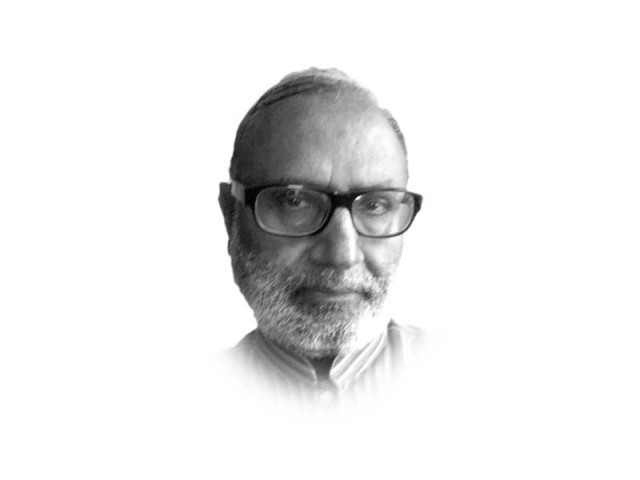Back to our political business cycle
Like its predecessors, PTI wants to spend its way through to the elections in the last two years

Prime Minister’s announcement of the reduced energy prices at a time of rising world prices and various amnesty packages confirms the entry into the most dangerous phase of our familiar political business cycle. These measures are on top of the political allocation of development funds and projects to disaffected colleagues and allies begun earlier. If the drained manner of the defence put up by an otherwise exuberant finance minister in Kamran Khan’s talk show was not enough to reveal the confused brinkmanship, the incoherent ranting in the same show of two members of his committee described as ‘independent’ economists said it all. The finance minister casually threw up the information that the IMF had been informed. At the time of presenting the FY22 budget, he claimed to have convinced the IMF about the measures he was taking. Before long, he was forced by the lender to rush through the Parliament unpleasant reforms, taxes of Rs350 billion and development cuts of Rs200 billion. Now the lower energy prices alone would require public exchequer to mobilise around Rs270 billion. He talked about possible off-budget savings to finance the subsidy. The Prime Minister says the above-target tax collection will do the trick. The effect of the new amnesties and initiatives will be in addition. All this at a time when the IMF and FATF are likely to be in the frontline of the proliferating regime of global sanctions.
In the past, governments overspent in their last two years, leaving it for the next government to deal with the resulting inflation. This is where the IMF’s comings in to stabilise and goings out without reform started. Musharraf government’s highest development spending of 4.7% and 4.2% of GDP was in its last two financial years, with fiscal deficits as high as 4.1% and 7.3%. Inflation in the last year was 12%, the highest in the entire tenure. The full inflationary impact was felt in the first year of the PPP government when the CPI touched the Himalayan height of 20.8%. On its turn, the PPP government spent 3.7% and 3.5% of GDP by running heavy fiscal deficits of 6.8% and 8.2% in its last two years. Inflation was 7.4% in the last year and the burden passed on to the PML-N government in the first year was 8.6%. In the last two years of the PML-N government, development spending was taken to the new heights of 5.3% and 4.7% of GDP, with fiscal deficits of 5.8% and 6.5%. In the last year of PML-N, inflation came down to 4.7% but left a high inflationary burden of 6.8% to the PTI government in its very first year.
Like its predecessors, PTI wants to spend its way through to the elections in the last two years. It has found it difficult because inflation is already too high, 10.7% in FY20 and 8.9% in FY21. With fiscal deficits of 8.1% and 7.1%, development spending had to be contained to 2.9% and 2.8% of GDP. In the first half of the current year, inflation continued to be high at 9.8%, despite a meagre 0.9% of GDP spent on development. Unable to increase development spending as much as it would like to, the PTI government has decided to break the inflation barrier by dealing with the major source. Reducing energy prices will provide relief to its direct consumers, but expecting it to be passed on fully to indirect consumers is counter to the experience. It will of course prevent further increase. For financing development, wait for State Bank’s monetary stance.
Published in The Express Tribune, March 4th, 2022.
Like Opinion & Editorial on Facebook, follow @ETOpEd on Twitter to receive all updates on all our daily pieces.















COMMENTS
Comments are moderated and generally will be posted if they are on-topic and not abusive.
For more information, please see our Comments FAQ